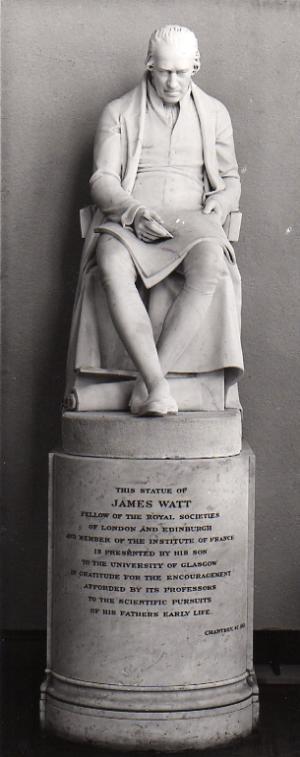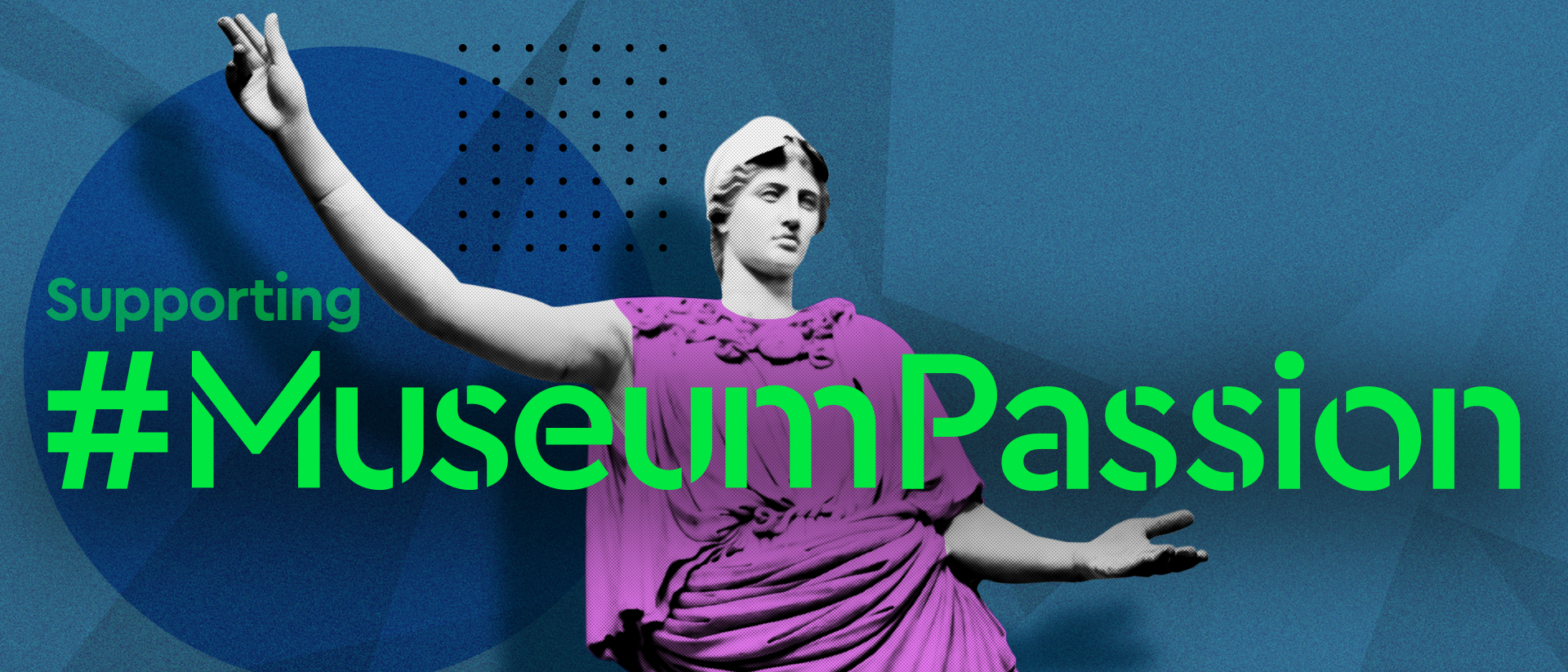A Changing Museum
We are committed to becoming a more ethical institution which critically reflects on the past, is relevant in the present, and contributes to a more equitable future for all.
The Hunterian seeks to address the issues in our present caused by the British and Scottish histories that include colonialism, exploitation and enslavement of people. We look to play our part in furthering equity, justice and diversity in our society.
As a museum with collections which speak powerfully to environmental change, global health issues and both social and cultural transformation, The Hunterian is responding to these through cross-disciplinary research and public programming.
As part of this, we will critically assess our collections and displays, opening up to wider perspectives. We aim to transform through small, powerful and decisive acts, ‘thinking in public’ and sharing power through meaningful partnerships.
As an organisation we have started to engage in an active process of institutional ‘discomfort’, using all our collections to address Scotland’s and our institution's relationships and impact around the globe.
Related Action
Find out more about other initiatives in the wider University of Glasgow community.
2018
September – Release of the report Slavery, Abolition and the University of Glasgow by Professor Simon Newman and Dr Stephen Mullen. This report highlights that the University of Glasgow received significant financial gifts and support from people who derived some or occasionally much of their wealth from slavery. The report proposes as programme of reparative justice.
2019
August – Unveiling of commemorative plaque to commemorate the lives of all those who suffered enslavement. The plaque acknowledges the role of the University of Glasgow in this. The commemorative plaque is on permanent display in the University cloisters.
September – Opening of the history exhibition Call and Response: The University of Glasgow and Slavery in the University Chapel. The exhibition explores invites the public to react and respond to the histories of enslaved people and their role in the University’s story. It is still available online.
2020
October – Launch of the Beniba Centre for Slavery Studies. This interdisciplinary research centre aims to focus attention on slavery and its legacies in Scotland and globally, through academic research, public events, and engagement with ongoing anti-racist activism and reparative justice.
2021
February – Release of the report Understanding Racism, Transforming University Cultures which was produced by the University of Glasgow as a direct response to the 2019 Equality and Human Rights Commission report. It includes a comprehensive action plan to help tackle racism and racial harassment on campus as part of its effort to address racial inequality.
September – Opening of the new James McCune Smith Learning Hub. The building is named after James McCune Smith, the first Afro-American student to graduate from the University of Glasgow.
2022
April – Opening of the 'Curating Discomfort' intervention in the Hunterian Museum.
 James Watt, Statues and Slavery
James Watt, Statues and Slavery
Across the world in the summer of 2020, statues that seemed permanent and secure are being re-evaluated. This statue of Scottish engineer James Watt (1736 - 1819) was given to The Hunterian by Watt’s son in 1833.
Statues always make an argument. This statue helped create an image of Watt as commanding, scholarly, just: a hero.
What the statue does not tell us is that James Watt’s expensive apprenticeship in London was paid for with profits from his father’s trade in North American and Caribbean sugar and tobacco. Watt’s first employment by the University was to repair astronomical instruments donated by Alexander Macfarlane, a wealthy slaveowner who died in Kingston, Jamaica in 1755.
James Watt and his brother John were directly involved, on at least one occasion, in buying and selling an enslaved black child in Scotland.
What do you think about this statue? Does it belong here? Is a statue in a museum different to a statue in a street or square? Does it need a better label, or to be displayed differently? Do statues help us understand the past, or do they sometimes prevent us from understanding the past?
We’d love to hear what you think. Let us know via email.
Image: Francis Leggatt Chantrey (1781-1841), Monument to James Watt, 1830, Marble. Donated by James Watt Junior, 1833. GLAHA:44337.
Video
The Blackstone Chair with Steph Scholten and Zandra Yeaman
Hunterian Director Steph Scholten and newly appointed Curator of Discomfort Zandra Yeaman discuss the Blackstone Chair and its history as part of the BBC's #MuseumPassion event.
The Blackstone Chair continued with Steph Scholten and Zandra Yeaman
Hunterian Director Steph Scholten and Curator of Discomfort Zandra Yeaman further discuss the Blackstone chair and its history as part of the BBC's #MuseumPassion event.



